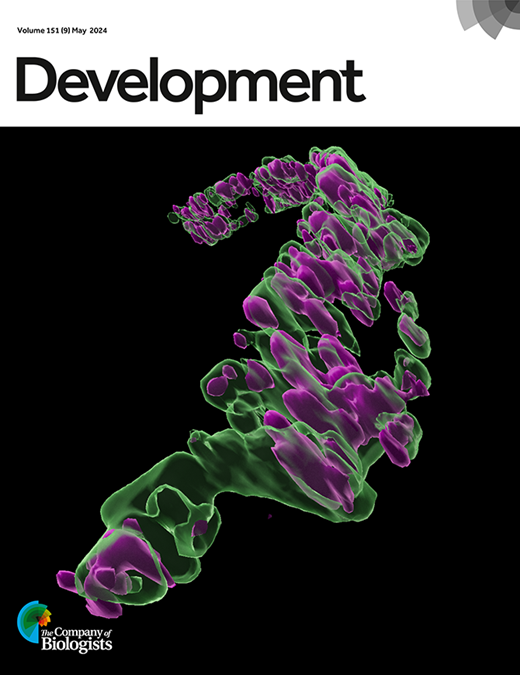The CD36-family scavenger receptor Bez mediates inter-organ lipid mobilization essential for oocyte maturation in Drosophila
Lipid distribution in an organism is mediated by the interplay between lipoprotein particles, lipoprotein receptors and class B scavenger receptors of the CD36 family. CD36 is a multifunctional protein mediating lipid uptake, mobilization and signaling at the plasma membrane and inside of the cell. The CD36 protein family has 14 members in Drosophila melanogaster (compared to 3 members in mammals), which allows for the differentiated analysis of their functions. Using click chemistry, quantitative lipidomics and super-resolution microscopy, we unraveled a role for the so far uncharacterized scavenger receptor Bez in lipid export from Drosophila fat body cells. Bez shares the lipid binding residue with CD36 and is expressed at the plasma membrane of the embryonic, larval and adult fat body. Bez loss-of-function induces a developmental delay, starvation sensitivity and female sterility. Organ-specific depletion of Bez in the fat body is sufficient to recapitulate these phenotypes. While Bez is not expressed in ovaries, loss of its function in the fat body lowers the organismal availability of storage lipids and remotely blocks the maturation of egg chambers in ovaries. We demonstrate that Bez interacts with the apoB homolog Lipophorin at the plasma membrane of fat body cells. In Bez mutants, enriched fractions of lipoproteins contain similar protein, but less lipid content, suggesting that this interaction is required to transfer lipids from the fat body to Lipophorin. To prove this, we collaborated with the lab of Lars Kürschner and used alkyne-labeled fatty acids and show their Bez-dependent transfer from fat body cells to lipoproteins. Our study demonstrates how lipids are distributed by scavenger receptor – apoliprotein interplay and contribute to the metabolic control of development.
This paper was highlighted by the journal Development and came with an interview of Pilar and Margret.
